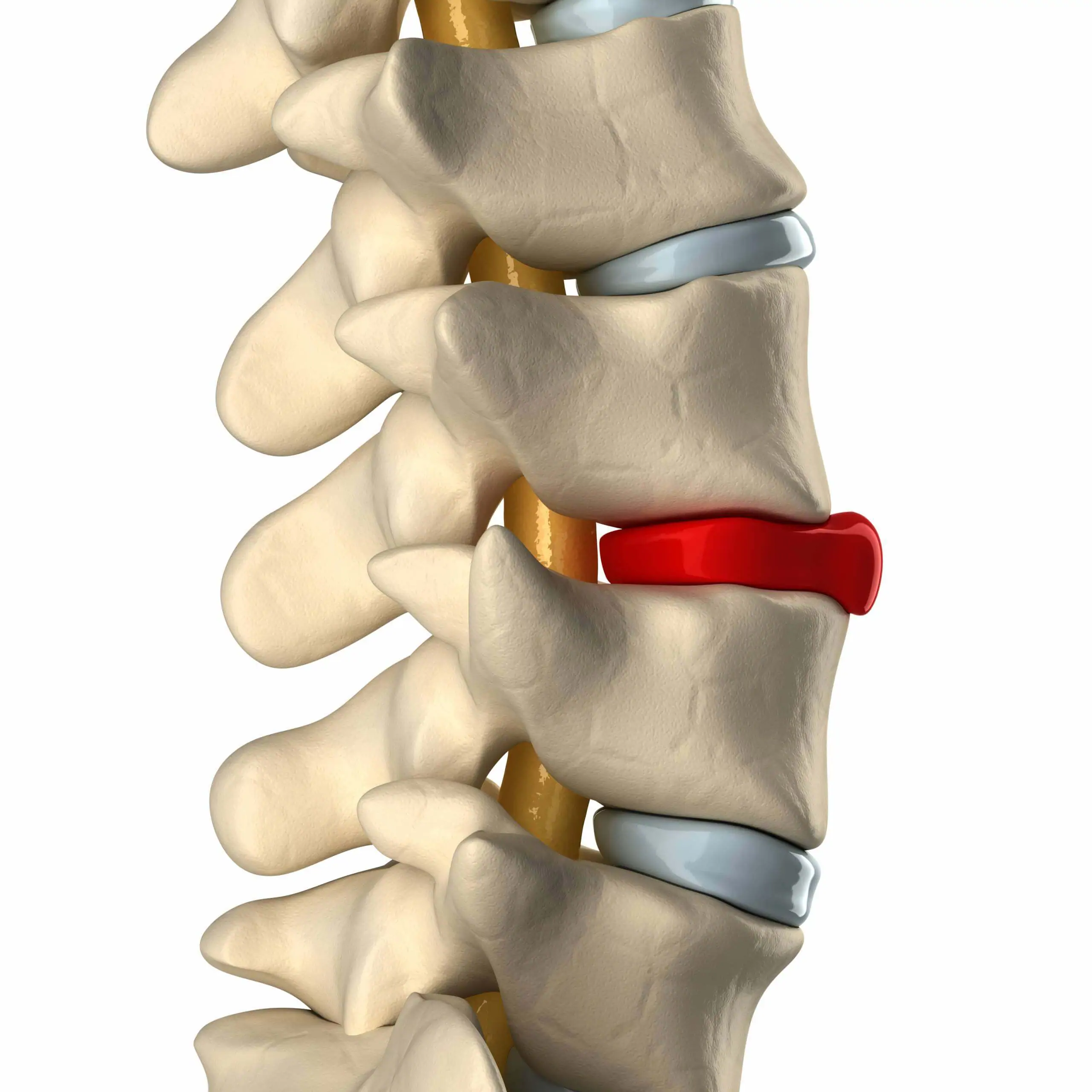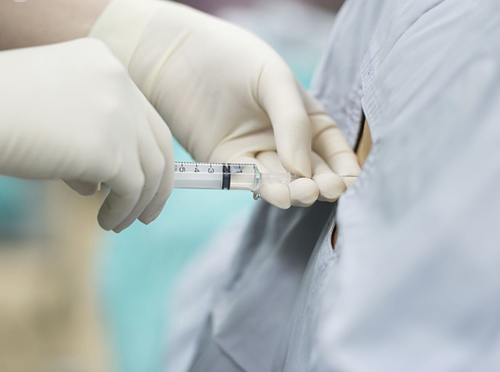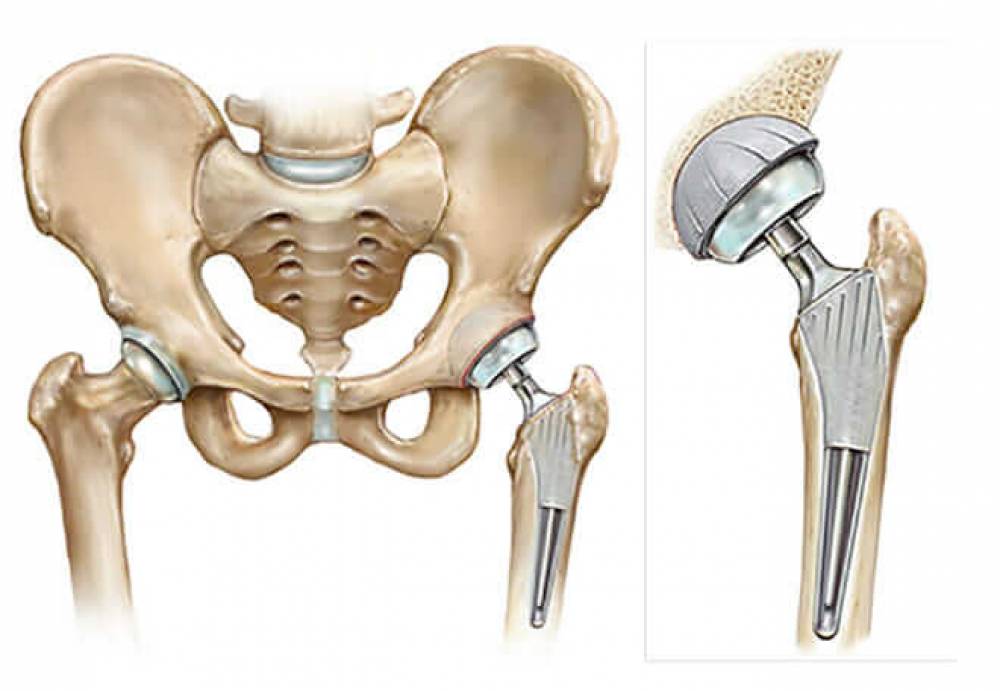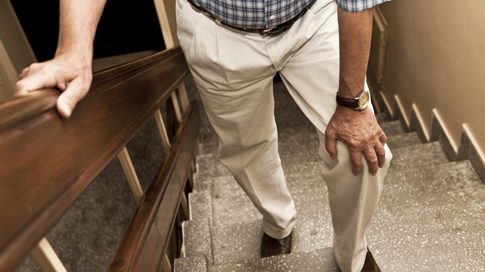Post pelvic replacement surgery
In the following article, we explain a set of important information about pelvic joint replacement and the procedures that are performed after surgery.
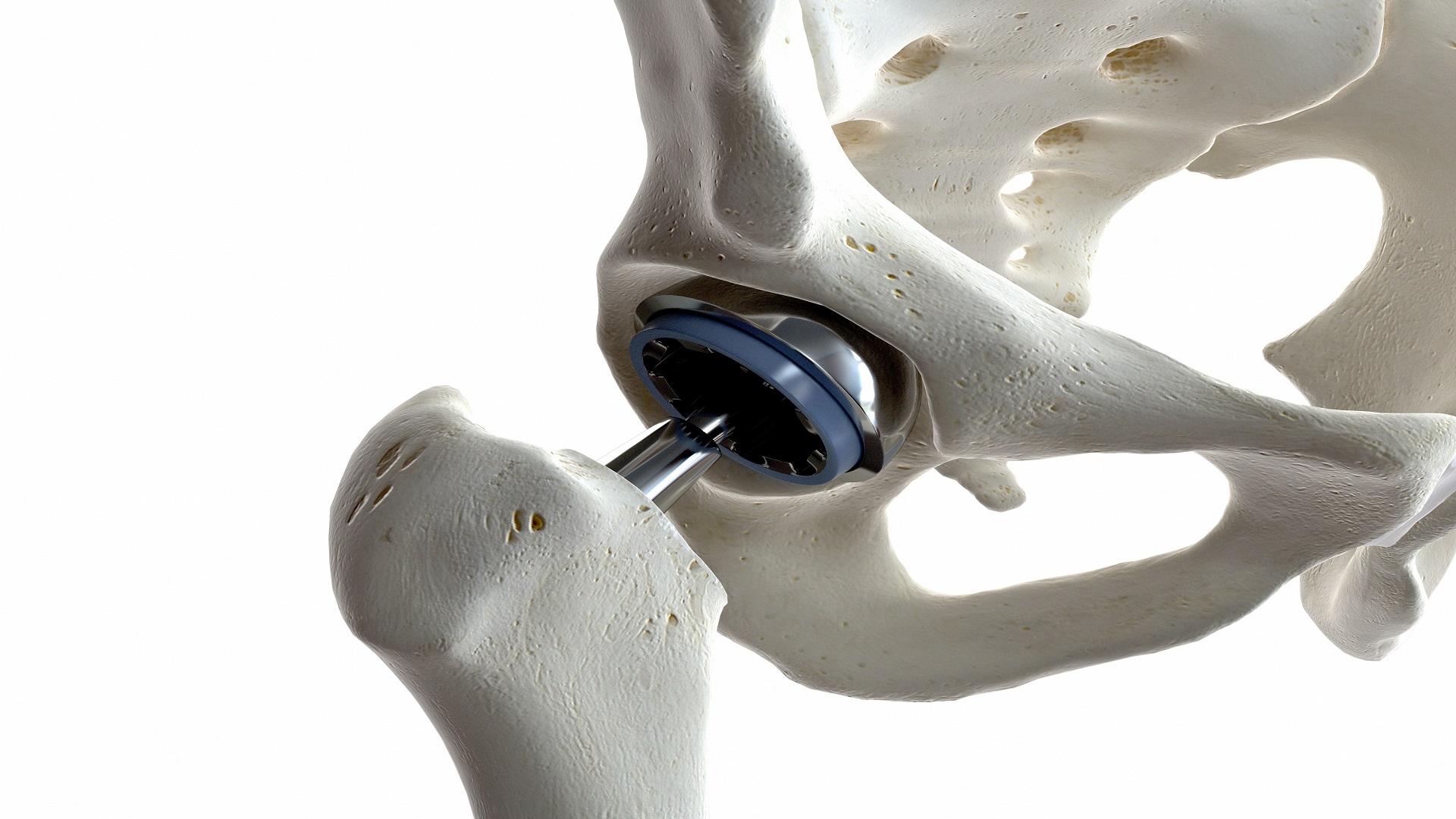
Post-pelvic replacement surgery
The medical instructions that the patient follows after performing surgeries are considered one of the most important steps that must be taken care of because they avoid the patient from a number of complications that may occur after surgery, accelerate the recovery process, and gradually improve the condition of the injured part so that he does not have any risks or needs another operation.
After the operation to replace the pelvic joint, the patient must follow the medical instructions that were explained to him by the attending physician, because they work to give a greater ability to use the joint again without complications, and the doctor explains a number of important steps that must be followed after the surgery, including:
- Avoid any stress on the affected joint.
- Use crutches or a walker to help relieve pressure on the injured person.
- Take painkillers and anti-inflammatories, which reduce the patient’s infection.
- Paying attention to the diet and increasing the percentage of proteins and vitamins in the system.
- Use appropriate nutritional supplements in the postoperative period.
- Gradually start walking and swimming to help the joint recover faster.
- Refrain from violent or vigorous sports that can affect the affected joint.
How to sleep after hip replacement surgery
The patient should pay attention to the way he sleeps after the pelvic joint replacement procedure because it helps give the patient more rest and improves his ability to recover. The patient can pay attention to the following instructions when sleeping:
- You must sleep on a flatbed.
- It is preferable for the patient to sleep on his back.
- Avoid sleeping on one side, especially the side in the operation.
- The possibility of raising the back up to 45 degrees only so as not to load the joint.
- Avoid placing the legs on top of each other so as not to cause pressure on the affected joint.
When does walking start after pelvic joint installation?
Normal walking without the use of crutches after the operation to replace the pelvic joint may take from 3 to four months for the patient to begin to feel a recovery and the ability to fully load the joint, and during this period the patient walks gradually and increases the duration of walking with the use of crutches with time, and the exercises must be sports under medical supervision during this period.
What are the stages of recovery after pelvic joint surgery?
The injured person can be discharged from the hospital within four to five days of the surgery, and medical follow-up must take place before and after leaving, taking into account that the injured person is able to do the following before being discharged, namely:
- The ability to use crutches to go up and down stairs.
- The ability to do simple exercises and move around the house.
- The ability to stand up and sit on the bed.
Complications of hip replacement
Complications can occur after performing a hip replacement operation as a result of more than one factor, including lack of medical follow-up or failure to choose a doctor who has no experience in this type of operation. Risks after hip replacement can appear as follows:
- The occurrence of blood clots.
- Severe fatigue.
- Hotness and high temperature.
- Muscle relaxation.
Pain after hip replacement surgery
There can be a pain in the joint after the joint replacement operation, and this is normal as a result of the surgery, and the patient begins to feel better several days after the surgery, and the pain during this period is tolerable, and the patient can deal with it by taking painkillers that help relieve the pain.
Sometimes severe pain can be felt that is difficult to bear and increases over time, and therefore it is necessary to refer to the attending physician because the pain in this case is a symptom of an injury that occurred in the joint that has been changed, especially if swelling appears in the joint and redness of the skin around the joint.
The symptoms after the pelvic joint replacement operation begin to gradually disappear, and the patient can follow up with the physiotherapist in order to start the treatment program that the doctor specified for him, and he must avoid excessive effort in order not to cause damage to the joint, and he can reach the stage of full recovery within 6 Months after surgery and follow-up treatment.

